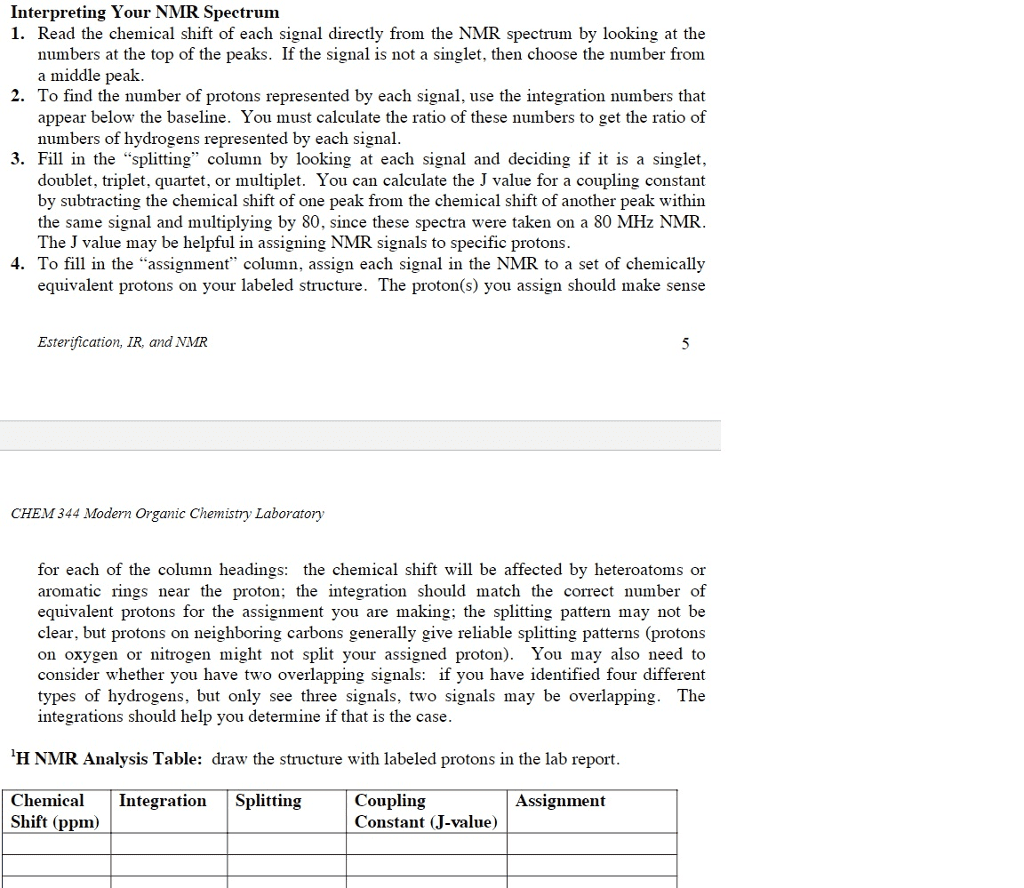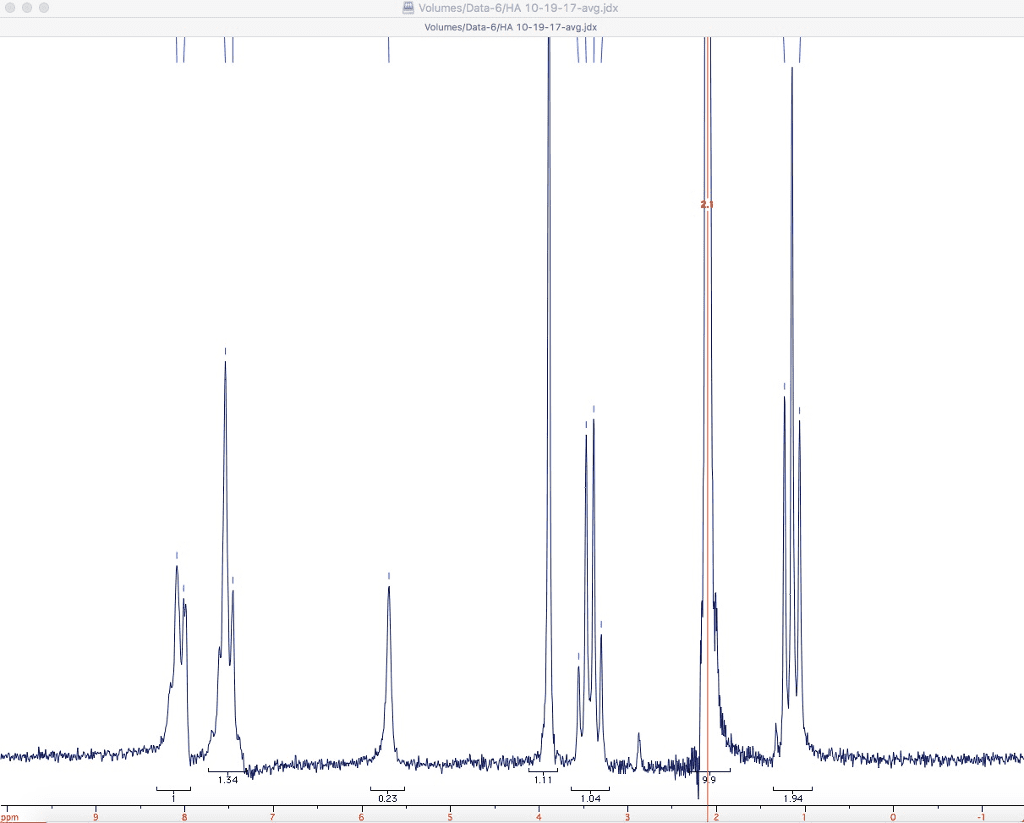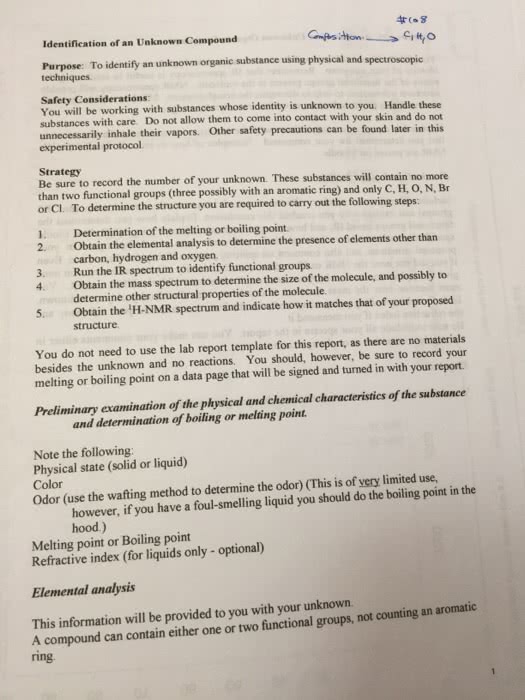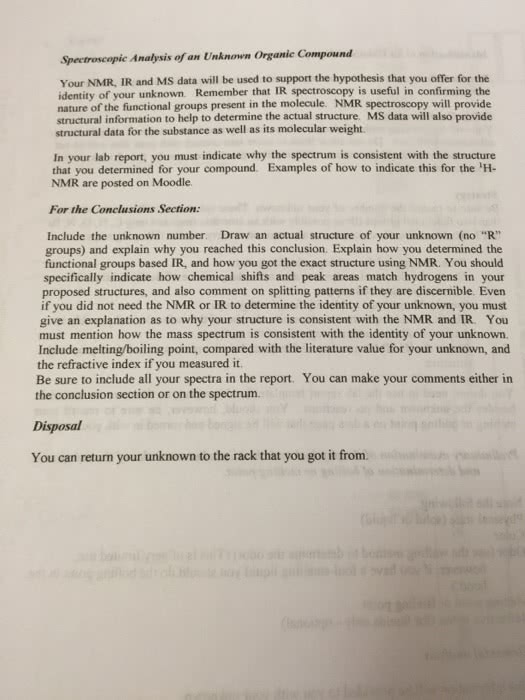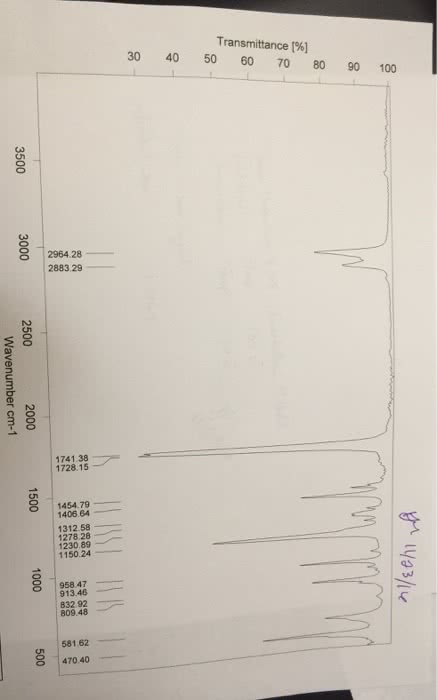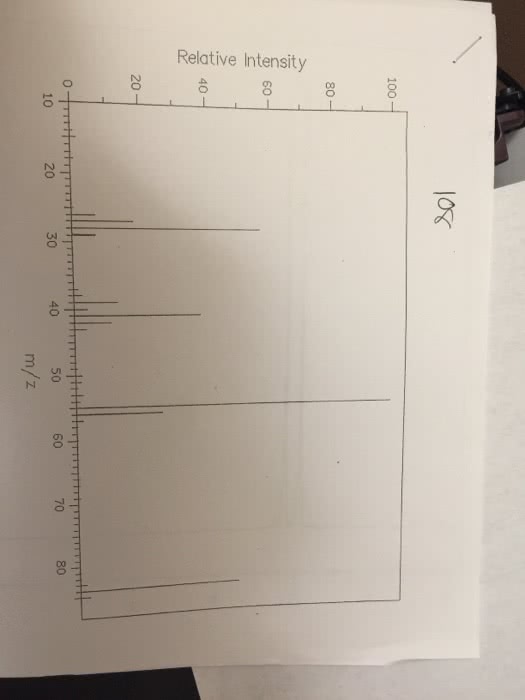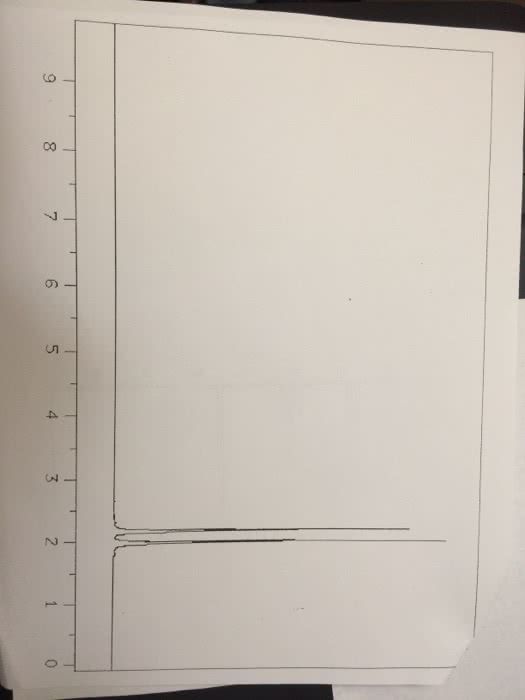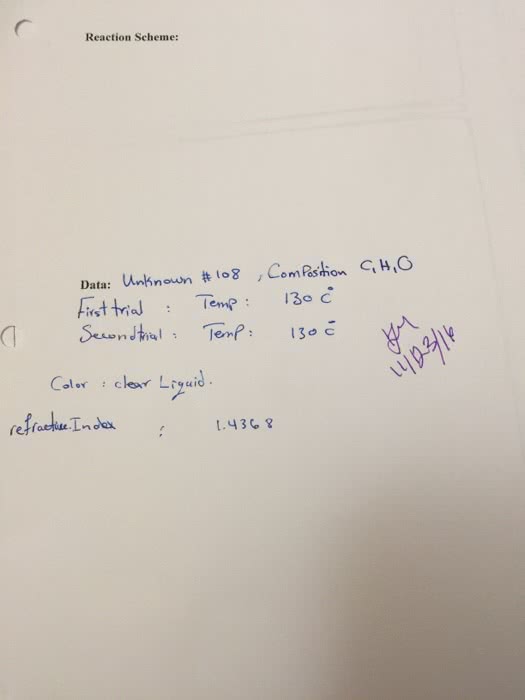01:160:307 Lecture Notes - Lecture 3: Chemical Shift, Chemical Formula, Scion Tc

Organic Chemistry 307 – Solving NMR Problems – H. D. Roth
A Guide to Solving NMR Problems
NMR spectroscopy is an important tool for determining structures of organic
compounds. You know that 1H spectra have three features, chemical shift, signal intensity,
and multiplicity, each providing important information. In this document we show how you
use these features together to assign structures from 1H and 13C spectra. How should you
approach determining the structure of a substance from its spectra?
I Begin with a general examination of the spectrum:
a) determine how many signals (clusters) there are in the 1H spectrum and note their
chemical shifts, and count the signals in the 13C spectrum;
b) determine how many 1H nuclei are present in each cluster (look at the integration);
c) determine the multiplicity of each signal cluster (count the peaks or read the label
attached to the peak);
d) determine what additional information is available (often the molecular formula is
given);
e) compare the number of 1H signals with those in the 13C spectrum; this may tell
you whether all carbon atoms bear 1H nuclei or whether there are carbons
without 1H nuclei attached.
II Now proceed to the interpretation of the spectrum:
e) for each peak match the number of 1H nuclei and its multiplicity with a
corresponding peak and combine them to groups;
f) record each group you recognize (that’ll give you partial credit ! );
g) when you have assigned all 1H groups, add their formulas up and compare with
the molecular formula; the difference will be a group or groups that you
cannot see in the 1H spectrum; step e) above will give you the same
information.
h) enter the “difference” and combine all fragments.
III Make sure that you have accounted for all signals and for every atom of the
molecular structure and that your combined structure satisfies all chemical
shifts. That’s all, folks.

Organic Chemistry 307 – Solving NMR Problems – H. D. Roth
Lets begin by looking at a really quite simple compound; it has a molecular formula
of C4H6Cl2O. The 1H spectrum has 3 signals and the 13C spectrum shows 4 signals; make a
note that there must be a C without any H attached.
0246810
PPM
tri
3 H
q
2 H
s
1 H
For your interpretation of the individual peaks, it’s best to start at one of the edges,
low field or high, left or right. At low field (left) our spectrum has a singlet (1 H) at 9.7 ppm;
that chemical shift is unmistakable: it can only indicate an aldehyde. Because this signal is a
singlet (n + 1 = 1; n = 0), there cannot be any1H nuclei on the adjacent carbon. You can enter
the aldehyde fragment without neighbor in the “box provided” for your first piece of partial
credit. (I place groups with low-field signals on the left, but that is not crucial).
H
O

Organic Chemistry 307 – Solving NMR Problems – H. D. Roth
Now we go to high field (right): there is a triplet (3 H) at 0.9 ppm; 3 H at high field is
almost always a methyl group. The signal is a triplet (n + 1 = 3); therefore, the methyl group
must have (n =) 2 1H neighbors; that must be a CH2 group. The CH2 signal is a quartet (n +
1 = 4), so it must have (n =) 3 1H neighbors; that can only be the CH3 group. You also know
that there cannot be any 1H neighbor on the other side. Note that the combination of a
“triplet, 3 H” with a “quartet, 2 H” is ALWAYS a C2H5 group. You can enter an ethyl group
into the “box provided”, joining the aldehyde group (and increasing your partial credit).
H
O
CH2
CH3
IMPORTANT: it does NOT matter in what order we probe the spectrum. If we had
started with the high field region (C2H5 before CHO), the conclusion would be the same.
So far we have no information how the two groups are connected. The answer could
come from the composition or from a 13C spectrum. Working with the empirical formula,
C4H6Cl2O, you subtract the two fragments, CHO and C2H5 (C4H6Cl2O – CHO – C2H5 =
CCl2) and are left with a dichloromethylene unit (more partial credit).
We find support for our structure fragments in the 13C spectrum. The four signals,
198 ppm for the aldehyde carbon, 102 ppm for the CCl2 carbon near the C=O group, and 30
and 5 ppm, respectively, for the (slightly deshielded) CH2 and the (shielded) CH3 of the
ethyl group, are in accord with the fragments we identified. Note, that we base the CCl2
Document Summary
Nmr spectroscopy is an important tool for determining structures of organic compounds. You know that 1h spectra have three features, chemical shift, signal intensity, and multiplicity, each providing important information. In this document we show how you use these features together to assign structures from 1h and 13c spectra. Iii make sure that you have accounted for all signals and for every atom of the molecular structure and that your combined structure satisfies all chemical shifts. Lets begin by looking at a really quite simple compound; it has a molecular formula of c4h6cl2o. The 1h spectrum has 3 signals and the 13c spectrum shows 4 signals; make a note that there must be a c without any h attached. s. For your interpretation of the individual peaks, it"s best to start at one of the edges, low field or high, left or right.




